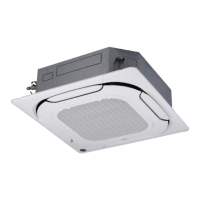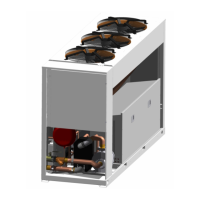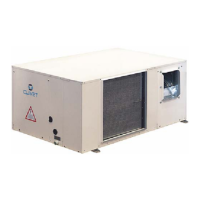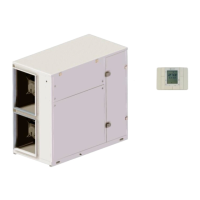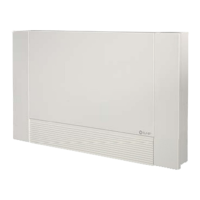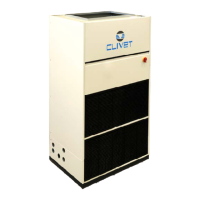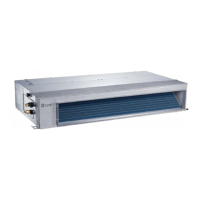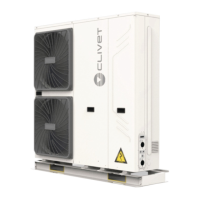11
Installation
f
ATTENTION ELECTRIC DANGER
– All electrical connections must be done by a
licensed electrician according to the provisions
of national and local electrical codes.
– All electrical connections must be made
according to the wiring diagram on the
panels of the indoor and outdoor units.
– If the electrical system has serious safety
problems, stop work immediately. Explain
the situation to the customer and refuse to
install the unit until the safety problem has
been resolved.
– The power supply should correspond to
90-100% of the rated voltage. Insufficient
power supply may cause malfunction,
electric shock or fire.
– If the power cables are permanently
installed connected to the electrical system,
install overcurrent protection and a main
power switch with a capacity of 1.5 times the
maximum current of the unit.
– The power supply line must have a special
protection upstream against short circuits and
earthing leakage that sections the system
with respect to other utilities. The technician
must choose an approved differential circuit-
breaker or main circuit breaker.
– Connect the unit to a single socket of a
dedicated branch of the circuit. Do not
connect other appliances to the same
electrical outlet.
– The air conditioner must be properly
grounded.
– All cables and conductors must be connected
securely. Loosening a conductor may cause
the terminal to overheat, which in turn may
result in fire hazards or product malfunction.
– The electrical cables must not touch or rest
against the refrigerant pipes, the compressor
or any moving parts of the unit.
2.4 Installation
2.4.1 Installation room
m
CAUTION
The appliance must be placed in a well-ventilated
room, with a minimum surface area that varies
according to the amount of refrigerant present.
The following information can help you choose a suitable
location.
The installation location must have the following
characteristics:
– good air circulation.
– ease of drainage.
– the noise emitted by the unit must not disturb other
people.
– stability and robustness - no exposure to vibration.
– sufficient capacity to support the weight of the
unit. If the structure is too weak, the unit can fall
and cause serious or fatal personal injury, material
damage and damage to the appliance.
– at least one metre away from any other electrical
device (e.g. TV, radio, computer).
– installation at a height of 2.5m to 3.5m off the
ground.
– if the indoor unit is installed on a metal bracket,
it must be earthed.
– the unit must be at least 1m away from the nearest
wall.
– the space must be sufficient for installation and
maintenance operations.
– the space must be sufficient for connection of the
piping and drain pipe.
– the ceiling must be horizontal and its structure
must be strong enough to support the weight of
the indoor unit.
– the air inlet and outlet must not be blocked.
– the airflow must be able to reach the whole room.
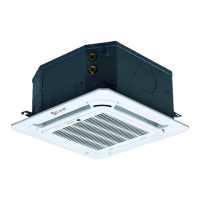
